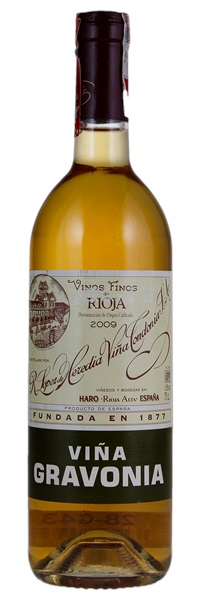Estimate

...rich and expressive... Bold flavors of quince, dried pineapple, lemon confit and vanilla mingle in a polished texture, supported by firm acidity and fine tannins. Balanced and long.
Candied-citrus and honeycomb, dried-pear and fresh-almond aromas pour from the glass. Rich and textural...great balance of lively and mature flavors. Very clean, lively finish.
...fully developed nose, with notes of diesel, honey and beeswax, chamomile tea and pollen.
Smells, at first, of saffron and new leather. Then there's a small shift and a cloud of sandalwood that fills the nose and then the mouth...salted lemons, buttery flaky pastry, turmeric. It's luminous, and it's tense...so luscious in a way that is felt...